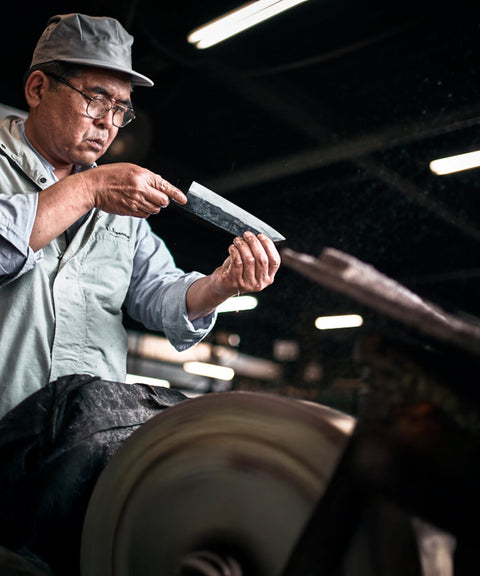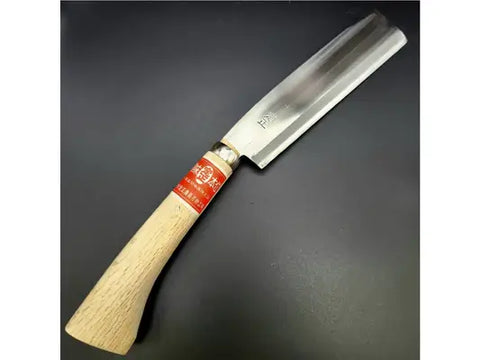
If you've ever wondered why so many professional chefs prefer Japanese knives over Western ones, here are all the reasons that make them a superior choice in many kitchens.

Extremely sharp edges
Japanese knives are made from harder steels (between 60 and 65 HRC), which allows for a thinner and more precise edge compared to Western knives, which are usually around 55-58 HRC.
➡ Result: Cleaner and more effortless cuts, better preserving the texture of the food.
Less weight, more control
Japanese knives tend to be lighter and more balanced, as their design focuses on precision rather than brute strength.
➡ Ideal for: Delicate and repetitive cuts without causing hand fatigue.
Specialized designs for each task
While Western cuisine typically relies on a single, all-purpose chef's knife , in Japanese cuisine each knife has a defined purpose:
-
Gyuto → Japanese version of the chef's knife
-
Santoku → All-rounder ideal for meats, fish and vegetables
-
Nakiri → Perfect for cutting vegetables without damaging them
-
Yanagiba → Essential for sashimi and sushi
High quality materials and handcrafted forging
Many Japanese knives follow forging techniques inherited from samurai swordsmiths , with high quality steel such as VG10, Aogami (Blue Steel) or Shirogami (White Steel).
➡ Advantage: Greater edge retention and durability with proper care.
Conclusion
Japanese knives are not only known for their beauty and tradition, but are tools designed for maximum precision in the kitchen. If you are looking to elevate your culinary experience, it is time to make the jump to a Japanese knife.









